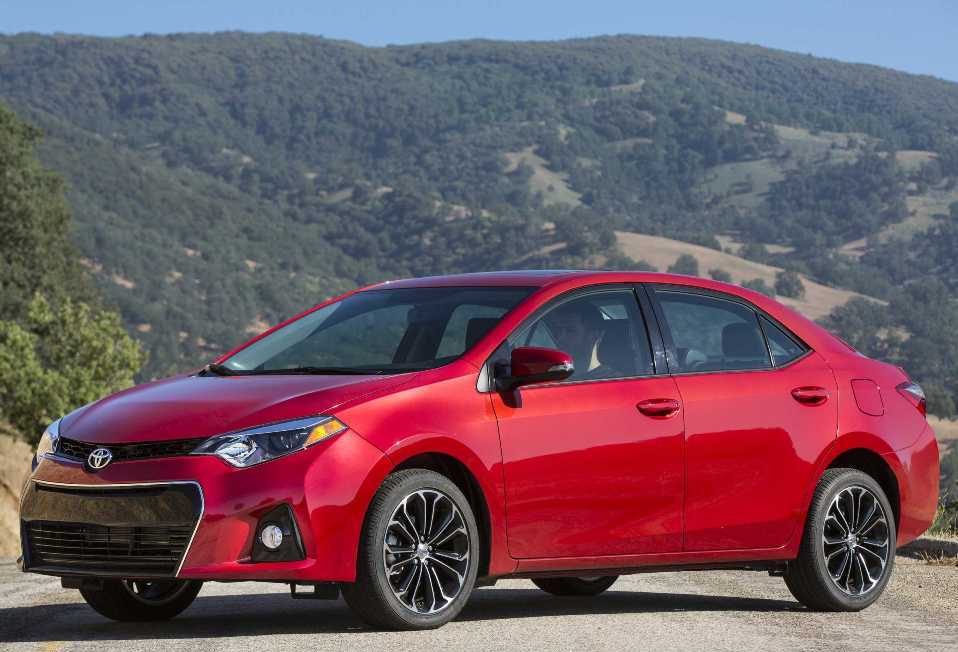Think the cost of owning a car ends at the dealership? Think again.
The sticker price is just the beginning. Between auto loans, car insurance, gas, repairs, and depreciation, the real monthly cost can be hundreds more than most drivers expect. That shiny new vehicle may come with more financial baggage than you bargained for.

Whether you’re buying your first car or replacing your current one, it pays to know what you’re really signing up for. In this guide, we’ll break down every hidden cost so you can budget with confidence—and avoid the sticker shock later.
What is the true monthly cost of owning a car?
Buying a car means committing to more than just the sticker price. From loan payments and insurance to gas, repairs, and depreciation, the average monthly cost of owning a car in the U.S. is around $1,000—and that number can climb fast depending on the car you drive and where you live.
If you’re only budgeting for your car payment, you’re likely underestimating your actual expenses. The real cost includes recurring bills and unpredictable out-of-pocket costs that add up over time. To get a clear picture of what your car will cost each month, you need to factor in everything.
How Auto Loans Impact the Total Cost
Your auto loan is often the biggest monthly expense—and the total you pay depends heavily on your credit score and the loan terms.
Here’s how a $25,000 car loan looks over four years, depending on your credit score:
| Credit Score | Interest Rate | Monthly Payment | Total Interest | Total Paid |
|---|---|---|---|---|
| Excellent | 1.99% | $542 | $1,029 | $26,029 |
| Good | 5.00% | $576 | $2,635 | $27,635 |
| Fair | 9.00% | $622 | $4,862 | $29,862 |
| Poor | 18.00% | $734 | $10,250 | $35,250 |
A higher interest rate doesn’t just mean a bigger monthly payment—it means paying thousands more in interest over the life of the loan. If your credit score needs work, consider waiting to buy a car until you can qualify for a better rate.
Tip: Always compare rates from banks, credit unions, and online lenders. Dealership financing isn’t always the best deal.
How much is car insurance per month?
Car insurance is the second-largest cost for most drivers. On average, U.S. drivers pay around $240 per month, or roughly $2,875 per year. But your premium can vary based on your location, driving record, credit score, and the type of car you own.
A compact sedan in a small town will likely cost far less to insure than a luxury SUV in a busy city.
To avoid overpaying, shop around for quotes every year. Bundling your policy with homeowners or renters insurance, asking about discounts for good driving, or paying your premium in full can also help lower your rate.
Gas Prices & Fuel Efficiency: What You’ll Actually Spend
Fuel costs can take a serious bite out of your monthly budget—especially if you commute often or drive a car with poor mileage.
As of 2025, the national average for regular gas is around $3.15 per gallon. Here’s what that could cost you each month based on your car’s fuel efficiency:
- 15 MPG vehicle driving 1,000 miles/month = ~$210
- 30 MPG vehicle = ~$105
- 60 MPG hybrid = ~$53
Driving habits also affect your fuel use. Speeding, rapid acceleration, and hard braking can lower your gas mileage by 10% to 40%, depending on traffic conditions. To save money, drive smoothly, keep your tires properly inflated, limit idling, and group errands into one trip when you can.
Maintenance & Repairs: What to Budget For
Every car needs regular maintenance. Oil changes, brake pads, tire rotations, and fluid replacements are part of routine ownership—and skipping them can lead to major problems later.
AAA estimates that annual maintenance costs average around $1,200. That works out to about $100 per month. But that’s only part of the picture.
You also need to budget for unexpected repairs. Even with regular maintenance, things break—especially once your car is out of warranty. A blown transmission can cost $3,000 or more. A timing belt replacement might set you back $1,000.
Set aside money each month in a car repair fund. It’s the best way to stay ready for surprise repairs without blowing your budget.

Depreciation: The Hidden Cost That Hits You Hard
Depreciation is the amount of value your car loses over time—and it’s one of the biggest costs people overlook.
Most new cars lose about 20% of their value in the first year alone, then another 10% every year after. That means a $30,000 car could be worth just $12,000 five years later, even if it still runs perfectly.
Luxury cars, sports cars, and vehicles with high mileage tend to depreciate faster. Models with strong resale value and lower repair costs hold up better.
Before you buy, check resale trends on sites like Kelley Blue Book or Edmunds. Choosing a car that holds its value can save you thousands when it’s time to sell or trade in.
Extra Costs That Catch Drivers Off Guard
It’s easy to forget the smaller expenses—until they hit your wallet. These hidden costs can quickly add up:
Licensing & Registration
Most states require you to renew your car registration every year. That fee can range from $20 to over $200, depending on where you live and what kind of car you drive. Some states also charge annual vehicle property taxes.
When you first buy the car, you’ll also pay sales tax and dealership fees. In many states, these total around 8% to 10% of the vehicle price.
Parking
If you live in a city, parking isn’t just a hassle—it’s a monthly bill. Some drivers pay $200 or more per month for a spot in a private garage. Even occasional public parking adds up fast.
Always factor parking into your monthly car budget, especially if street parking isn’t an option where you live or work.
Subscriptions & Premium Features
Modern cars often come with built-in features that require a monthly fee—think satellite radio, emergency services like OnStar, or advanced driver assistance systems.
While some of these are optional, others may be bundled into your lease or vehicle plan. Make sure you know what subscriptions you’re paying for, and cancel the ones you don’t use.
Accessories & Upgrades
Floor mats, roof racks, phone mounts, upgraded headlights, tinted windows—it all adds up. Whether you’re buying functional accessories or just personalizing your ride, these extras can cost hundreds over time.
And if you’re into custom rims, body kits, or sound systems, be prepared to spend even more. These expenses often fly under the radar but should be part of your total ownership budget.
5 Smart Ways to Cut Down Your Car Expenses
Car ownership doesn’t have to wreck your budget. A few smart choices can shave hundreds—or even thousands—off your yearly costs. Here’s where to start:
- Compare car insurance quotes every year: Rates change. Get new quotes annually and switch providers if it saves you money.
- Buy a fuel-efficient or used car: New cars lose value fast. Used cars with good MPG ratings can save you on both depreciation and gas.
- Keep up with maintenance: Preventative care is cheaper than repairs. Stick to your service schedule to avoid big repair bills.
- Cut down on gas costs: Drive less aggressively, combine trips, and use gas price apps to find cheaper stations.
- Skip the extras you don’t need: Cancel unused subscriptions, skip dealer add-ons, and resist unnecessary upgrades.
Final Thoughts
Owning a car comes with more financial weight than most people expect. The monthly payment is just the start. Insurance, gas, repairs, depreciation, and surprise fees can quietly drain your budget if you’re not paying attention.
If you’re thinking about buying a car—or trying to get a handle on what your current one is costing you—run the numbers honestly. Look at the full picture, not just the upfront price. When you factor in everything, you’ll make smarter decisions about what you can actually afford, and where you can cut back.
Frequently Asked Questions
How long should I keep a car to get the best value?
Most experts suggest keeping your car for at least 8 to 10 years to get the most value out of it. The longer you own the vehicle after it’s paid off, the more you save by avoiding new loan payments and limiting depreciation losses. Regular maintenance helps extend the life of your car and delays the need for a replacement.
Is leasing cheaper than buying a car?
Leasing usually comes with lower monthly payments, but buying often costs less in the long run. When you buy a car, you eventually own an asset. When you lease, you’re paying to borrow the car without building equity. Leasing can make sense if you want a new car every few years, but ownership tends to be more cost-effective over time.
What’s the best way to estimate my total car budget?
A good rule of thumb is to keep your total car expenses—including loan payments, insurance, gas, and maintenance—under 15% of your monthly take-home pay. For tighter budgets, aim for 10%. This keeps your car from stretching your finances too thin while leaving room for savings and other essentials.
Should I buy an extended warranty for my car?
Extended warranties can help cover expensive repairs after the factory warranty expires, but they’re not always worth it. Some drivers never use them, while others rely on them heavily. Before buying, check what’s covered, what the exclusions are, and whether the cost makes sense for your vehicle’s reliability and age.




